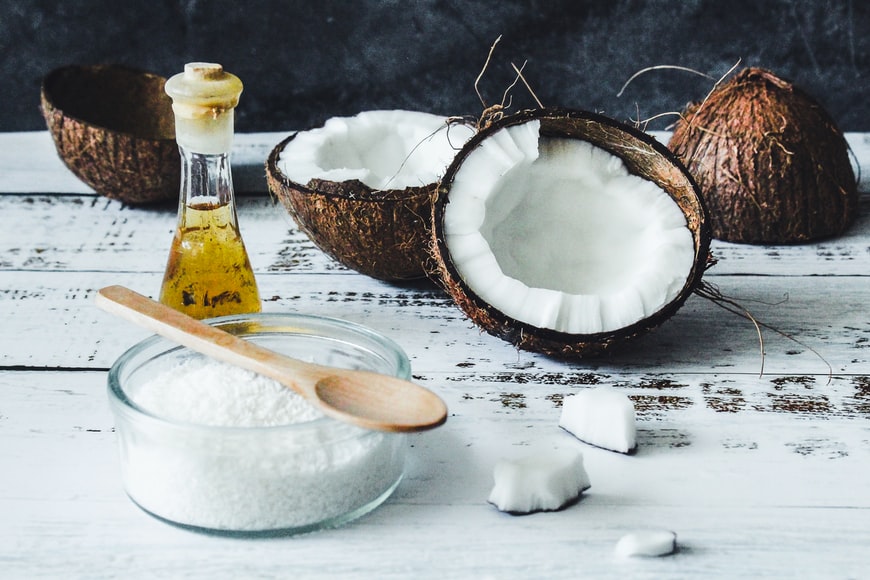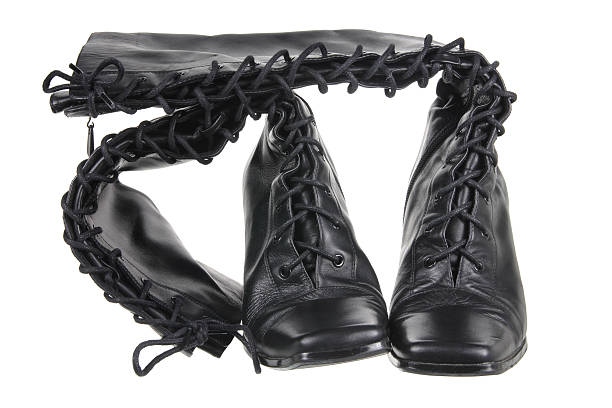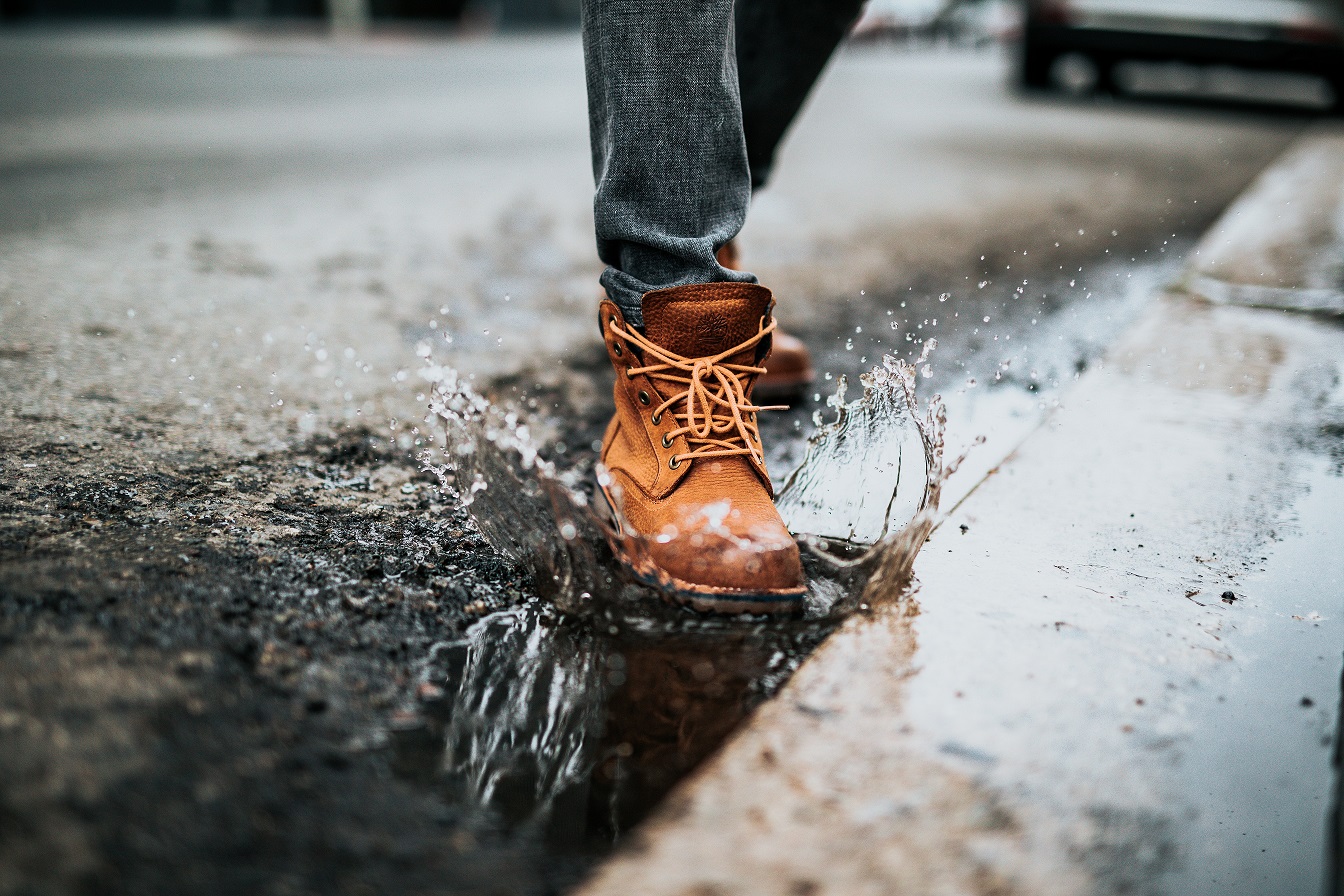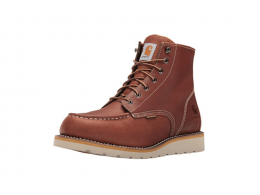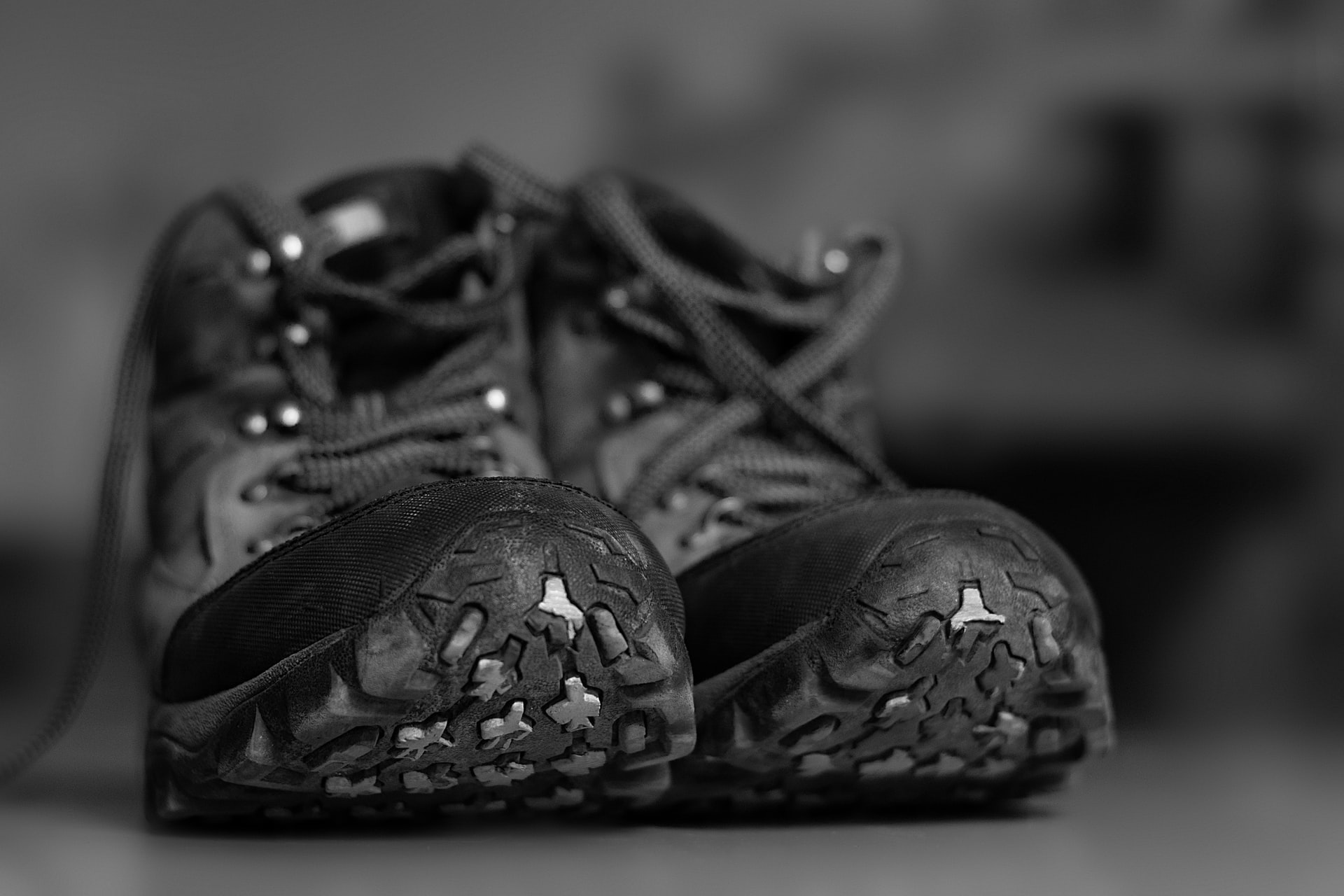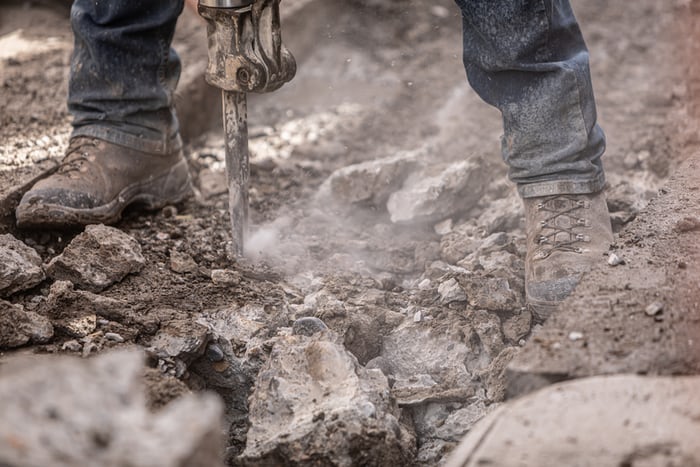Workwear Guru is reader-supported. When you buy through links on our site, we may earn an affiliate commission. Learn more
If you possess leather footwear, leather clothes, or even furniture made out of leather material, you understand the struggle of cracking and creasing. When dealing with such problems, it is essential for you to grab a leather conditioner and use it in your belongings. The conditioner will help the leather to feel and look smooth for a more extended period of time.
One of the most frequently used leather conditioners that you can probably find in your house is coconut oil. It is a versatile product that can be used as a conditioner for your leather belongings. In this guide, you will learn how coconut oil helps leather materials and how to apply it to your leather belongings.
Is Coconut Oil Good for Leather?
The key to keeping leather furniture and clothing in good shape is to replace the natural oils on a regular basis. If you don’t have flaxseed oil, coconut oil can be used to condition leather as well. However, you may be asking yourself, is coconut oil good for leather?
Coconut oil is a popular leather conditioner. Its advantages as a leather conditioner come from being a product you can easily find in your home, and due to its composition, coconut oil won’t spoil.
Coconut oil on leather is ideal to use if you want to restore the shine of your leather material belongings. It can be used to prevent cracking and creasing as well as to soften the leather.
Although coconut oil leather conditioner may have many advantages, there are some important facts that you should take into consideration before using it in your leather footwear, clothing, or furniture.
When the temperature drops below 76 degrees, coconut oil hardens. The hard texture can become an issue if you are trying to apply coconut oil in colder temperatures, such as putting coconut oil in your winter leather shoes. You can use coconut oil on leather after heating the oil to the melting point before using it but make sure it’s not too hot. In addition, in order to avoid excess absorption, your leather garment should be at room temperature.
Will Coconut Oil Darken Leather?
Typical leather conditioner oils or regular conditioners may restore the shine of your leather without making it darker. However, coconut oil, as well as other oils like mink oil and neatsfoot oil, will darken leather.
Coconut oil should not be used to condition leather if you don’t want it to darken your belongings. Even if you apply gently, as leather is exposed to light, the leather material will darken naturally over time. If you don’t want darkening to occur, look for a product or oil that says “non-darkening leather conditioner” on the package.
Does Coconut Oil Waterproof Leather?
Some leather conditioners such as mink oil or waterproof leather wax provide good waterproofing protection for your weather. For coconut oil leather conditioners, that’s not the case.
Compared to other leather conditioner oil, coconut oil does not provide strong waterproof protection. On most surfaces, coconut oil provides a thin layer of waterproof protection, although it does not last very long. A pair of leather boots will provide some waterproof protection, but just for a day or two.
Which Oil Is Best For Leather?
After answering the question of whether you can use coconut oil on leather, now it is time to find out which oil is best for leather. It’s essential to use high-quality oils as leather conditioners. The most popular oils used to condition leather are neatsfoot and mink oil. They are non-toxic, mild on fabrics, deeply enter leather fibers, and function brilliantly.
Neatsfoot oil is an excellent alternative for restoring the sheen of the leather, whereas mink oil seems dull rather than shining. Neatsfoot oil is more likely to discolor the leather, and if absorbed near the couch’s stitching, it can be damaging. On the other hand, mink oil is the most effective waterproofing and softening agent for leather.
How To Apply Oil To Leather
After deciding that you want to use coconut oil on leather garments, there are four simple steps you have to take to make sure that you’re on the right path towards protecting your leather belongings.
Step One
The first step includes wiping down your leather garments. It is vital to make sure that there is no dust or grime on your leather belongings.
To clean up any dust or grime, you can use a dry, clean piece of cloth. However, if there is any grime left, you can dampen your cloth and wipe the dirt down.
Finally, make sure to wait until the leather material is completely dry before proceeding to the second step.
Step Two
Generally, coconut oil hardens when the temperature is cold. You may need to heat the oil to the melting point before applying it; however, make sure it’s not too hot.
Step Three
At this point, it is time to dip a dry, clean cloth into the coconut oil. Make sure to get only a tiny amount of coconut oil onto the cloth. Then, gently rub the coconut oil into the leather using circular motions. Make sure to spread the oil evenly across the leather.
Step Four
After rubbing the coconut oil into the leather, wait for approximately ten minutes for the oil to be absorbed. Afterward, take another clean, dry cloth and, in a buffing motion, go over the surface where you put the coconut. This allows you to get rid of any excess oil and stops the oil from transferring.
Generally speaking, coconut oil may be the ideal choice for conditioning your leather belongings in times when you don’t feel like leaving the comfort of your own house to purchase any special leather conditioning products. It is versatile, it doesn’t ruin the material, and most importantly, it is easy to use.





